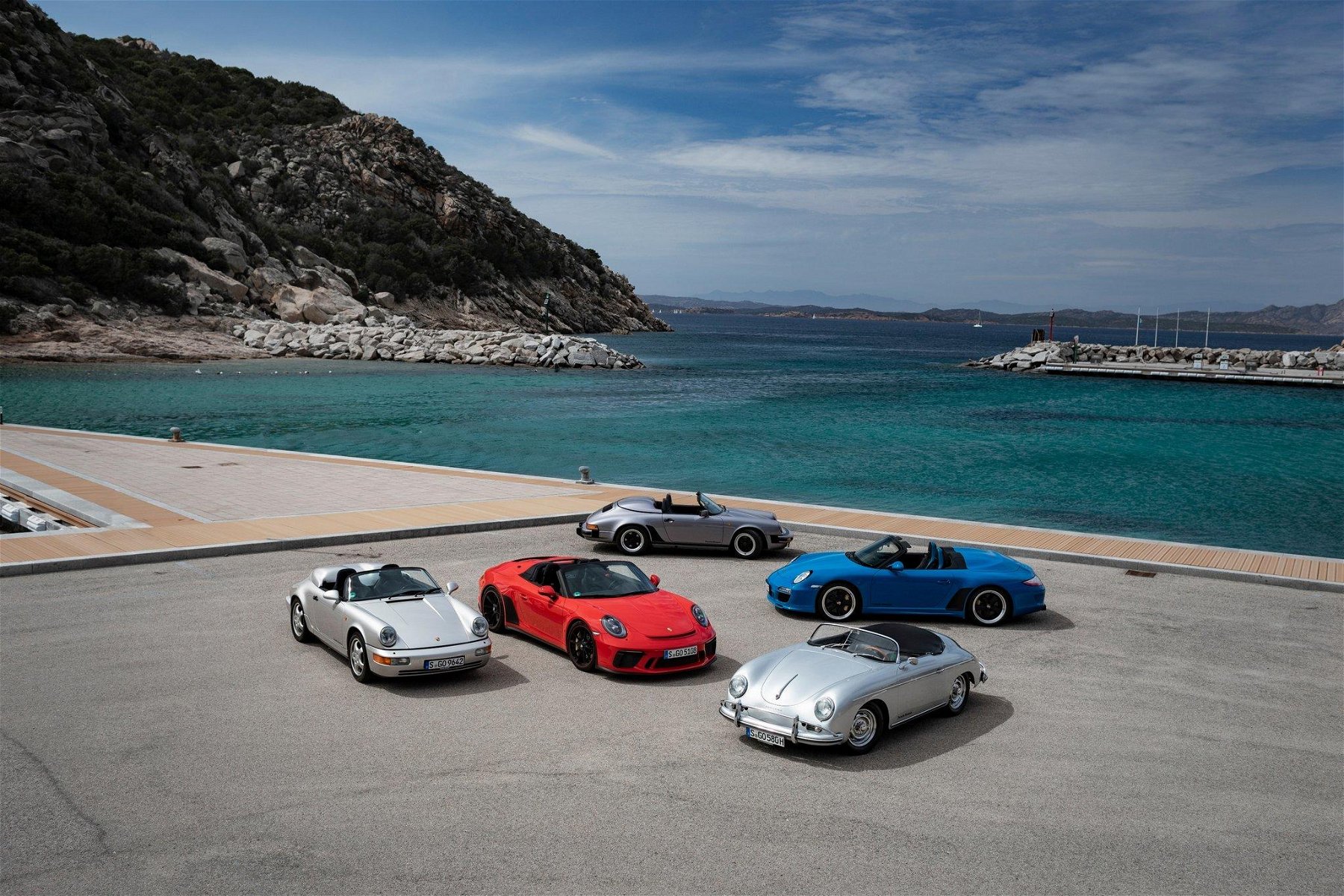
An American idea in the 1950’s was building a car to counter the British competition. For sporty use on the racetrack, as well as in everyday life. Light and nimble, but also minimalist and affordable. The Porsche Speedster quickly became an icon. No wonder the original Porsche 356 Speedster now has five descendants.
In the middle of the last century, Porsche made conscious automotive luxury sacrifices acceptable with the first Speedster. Its recipe was simplicity in action. A low, curved windshield – which could easily be removed for weekend races – plus a folding emergency soft top and. For an additional charge, plug-in windows for the doors were available. These were the ingredients for the Porsche 356 Speedster in 1954.
The spartan cockpit had lightweight bucket seats with rigid backrests. Instrumentation was limited to a speedometer and temperature gauge. Heating and tachometer remained optional extras to keep the base price below the magic $3,000 mark. The efforts paid off. With up to 1,171 units sold in its strongest year, the Porsche 356 Speedster became an instant commercial success.
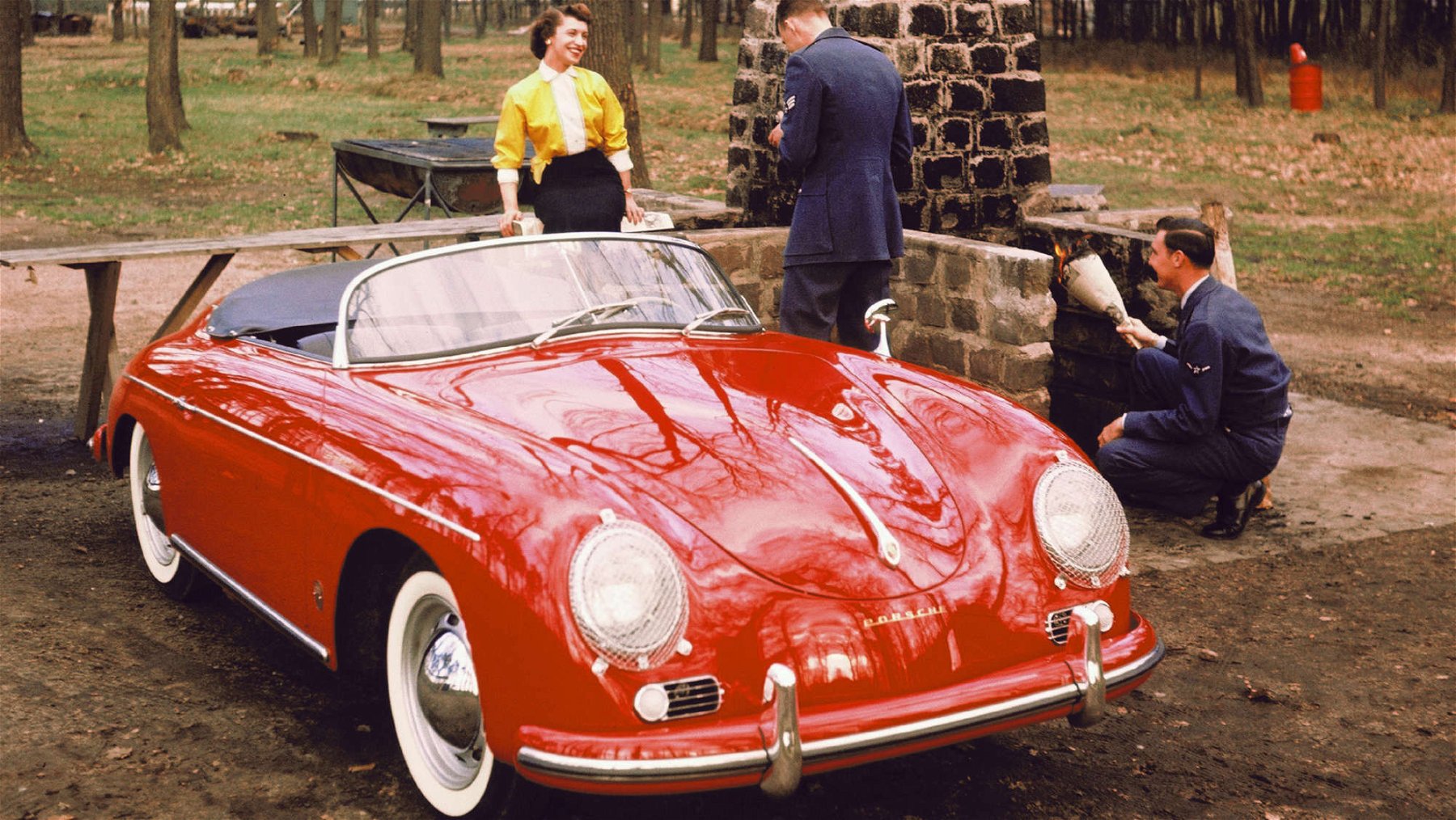
Although the 356 Speedster was so popular, the next roofless purist Porsche was some time in coming. So friends of pure open-top driving had to wait until 1989 for the next Zuffenhausen Speedster. Because what was to test the public’s reaction two years earlier at the Frankfurt IAA did not roll into dealers until the end of the 911 G-series: the Porsche 911 Carrera 3.2 Speedster.
“The Carrera 3.2 Speedster was the crowning glory of the series.”
But Porsche changed the Speedster’s recipe considerably. While its predecessor was supposed to be spartan and inexpensive, the Carrera 3.2 Speedster was the crowning glory of the series. The sober equipment code M503 concealed some special details. The most open of all 911s left the production halls with the flared fenders of the so-called factory turbo look (WTL). However, not only the wider hips, but also the suspension and brake system came from the 911 Turbo. In the interior, comfort remained largely intact, only the emergency seats had to make way for the new, double-bouble roof cover.
As with the 356 Speedster, the roof’s function was deliberately intended only for emergencies in changing weather conditions. Porsche did not design the lightweight structure as a permanent solution. It was intended to disappear most of the time under the flowing humps of the fiberglass cover behind the seats. After all, this is what gave the first Porsche 911 Speedster its characteristic look.
Thanks to the lightweight soft top and the rear seats’ omission, the Carrera 3.2 Speedster saved 70 kilograms in weight compared with the 911 Cabriolet. Combined with the lower center of gravity and the wider track width, this made it a thoroughly agile vehicle. Although due to its price and rarity – only 2,104 units were produced – it was used less for sporting purposes. Instead, it has always been more of a collector’s and enthusiast’s vehicle.
It was to be only a short three years after the discontinuation of the G-series before the Speedster badge once again adorned a 911. In the 964 series, the Speedster once again fulfilled its original role. It was designed as a lightweight sports car. The chassis was taken almost unchanged from the Carrera RS, as were the bucket seats – whose rear shell was painted as the exterior – and lightweight door panels.
The 964 Speedster hardly offered any comfort. There were no power windows, and even air conditioning and a radio were optional extras at extra cost. Its emergency soft top was carried over from the 3.2. And the windshield could still be removed. However, Porsche delivered almost all vehicles built with the narrow Carrera body. Of the 936 Speedsters in the 964 series, only 20 WTL variants were produced in a special Exclusive Manufaktur series.
Porsche never built a 993 Speedster, right? Nope, that’s wrong. Porsche Exclusive was commissioned to build two Porsche 993 Speedsters inspired by the 356: a green car for Ferdinand Alexander Porsche’s 60th birthday in 1995 and a silver one for Jerry Seinfeld in 1998.
Not quite as rare, but still very limited, is the next 911 Speedster. Porsche built the next one as a special model to mark the end of the sixth generation Porsche 911, the 997 series. In fall 2010, Porsche presented the car, which was limited to 356 units. The Speedster shared the powertrain with the 997 Carrera GTS.
Sports exhaust system, Porsche’s dual-clutch transmission (PDK) and PCCB ceramic brakes were part of the standard equipment. Buyers were also able to choose their own car number. For the first time in the Speedster’s history, the soft top, which folds over the extra-flat windshield here as well, was no longer a stopgap. It was designed and built as a fully waterproof soft top, suitable for everyday use. For weight reasons, however, it was still operated manually.
A nice gift for fans of the low-profile windshield and open-top driving was found at the opening of the “70 Years of Porsche Sports Cars” anniversary event. There, Porsche presented the Porsche 911 Speedster Concept. At the end of the 991 generation in 2018, the developers have built a bridge from the Porsche 356 “No. 1” Roadster, which received its operating license on June 8, 1948, to the present. Tonneau covers in place of a soft top, the omission of infotainment, radio and air conditioning, and the use of full bucket seats made of carbon and lightweight door panels cite the Speedster Concept’s predecessors. The Talbot exterior mirror and the headlights masked off in the cross for protection are also nods to the 356 Speedster’s motorsport past.
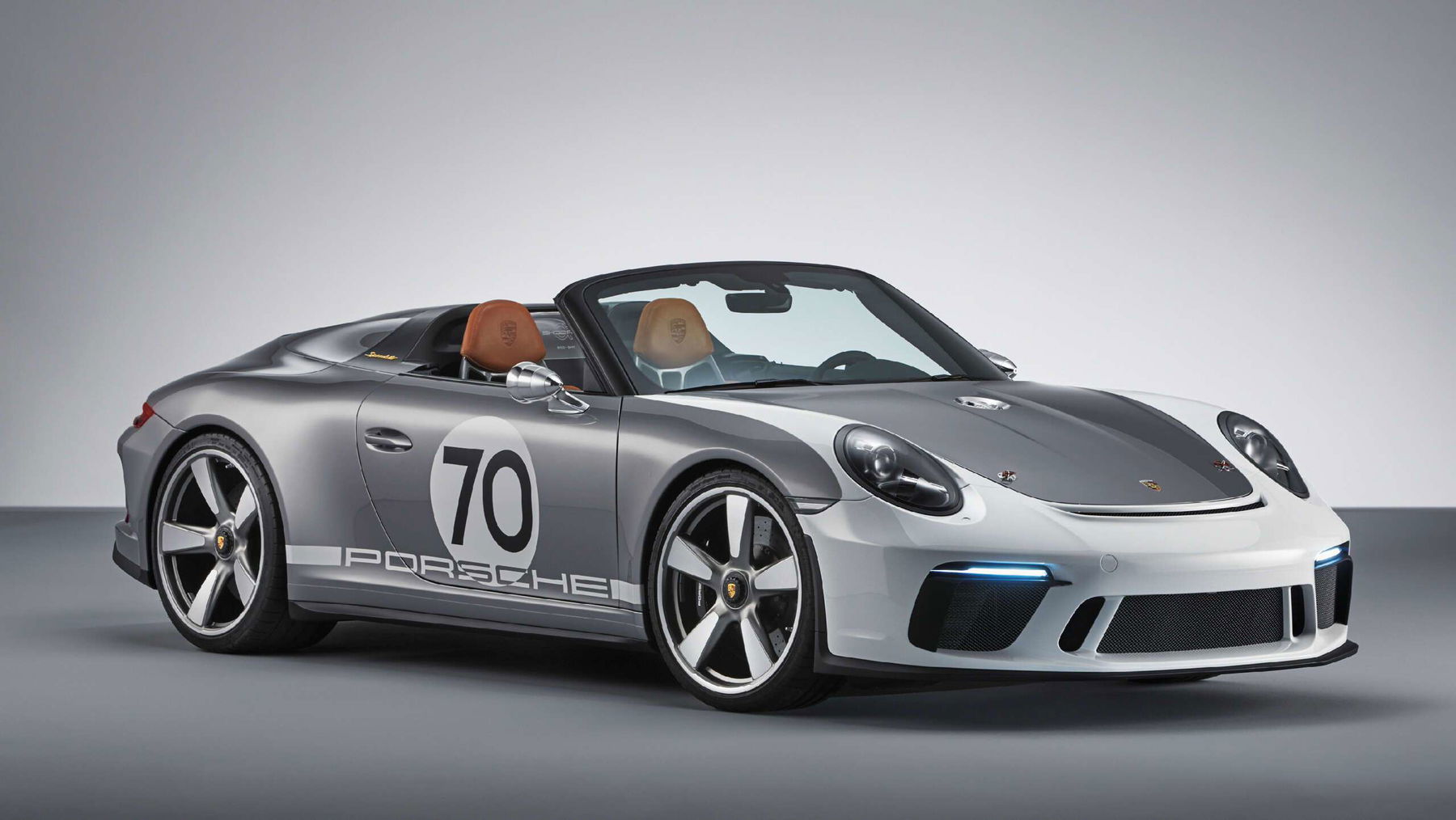
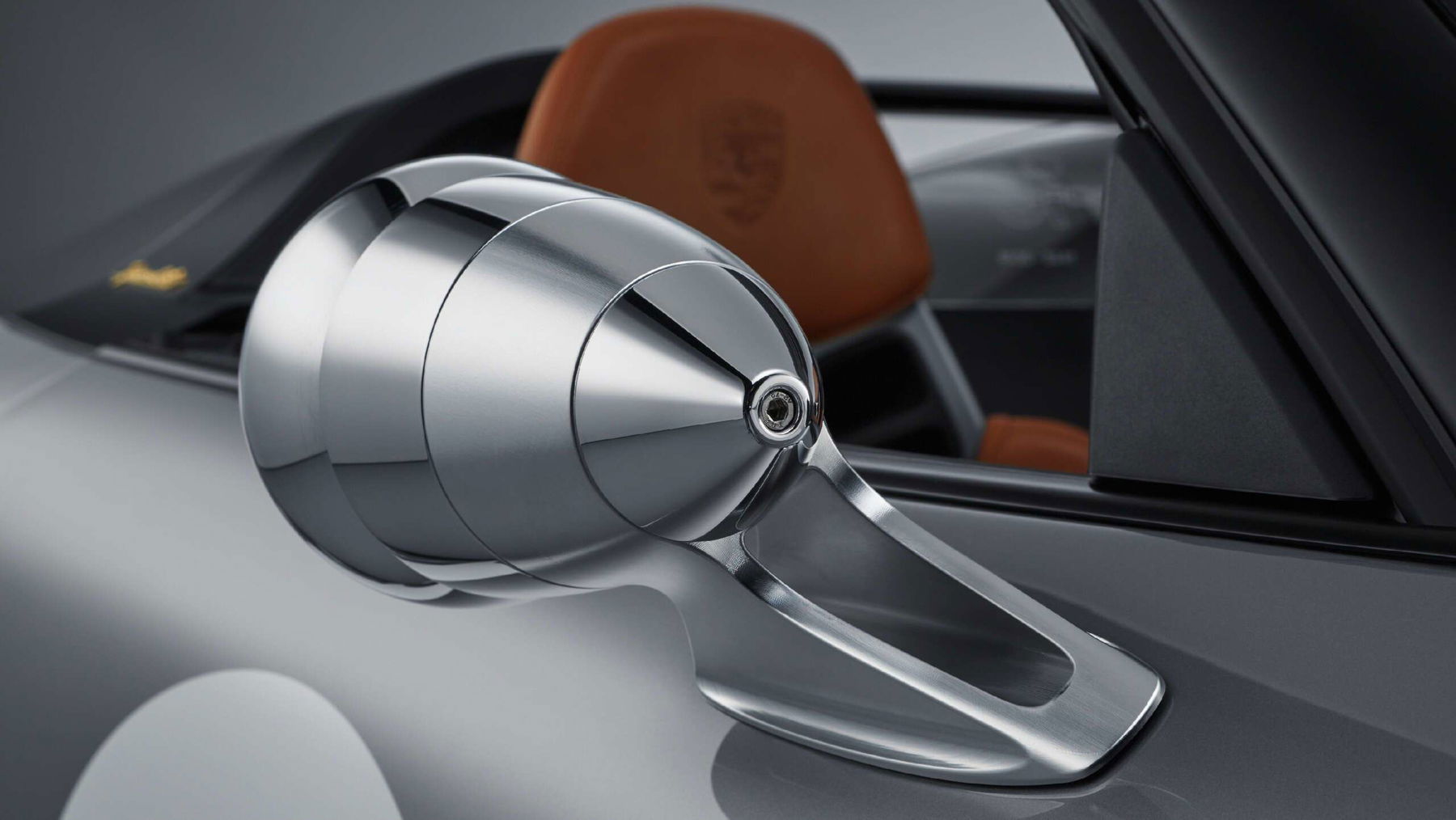
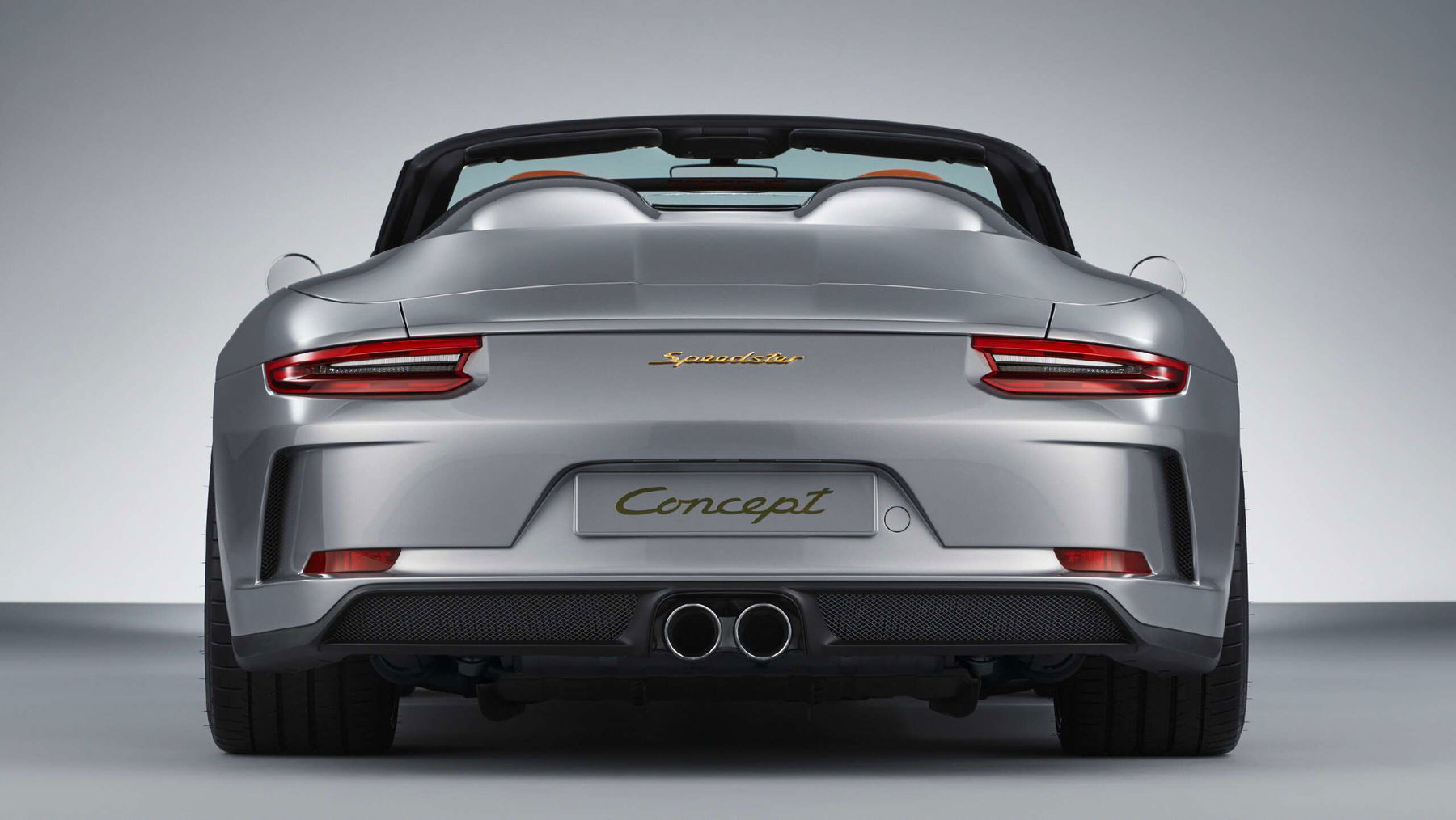
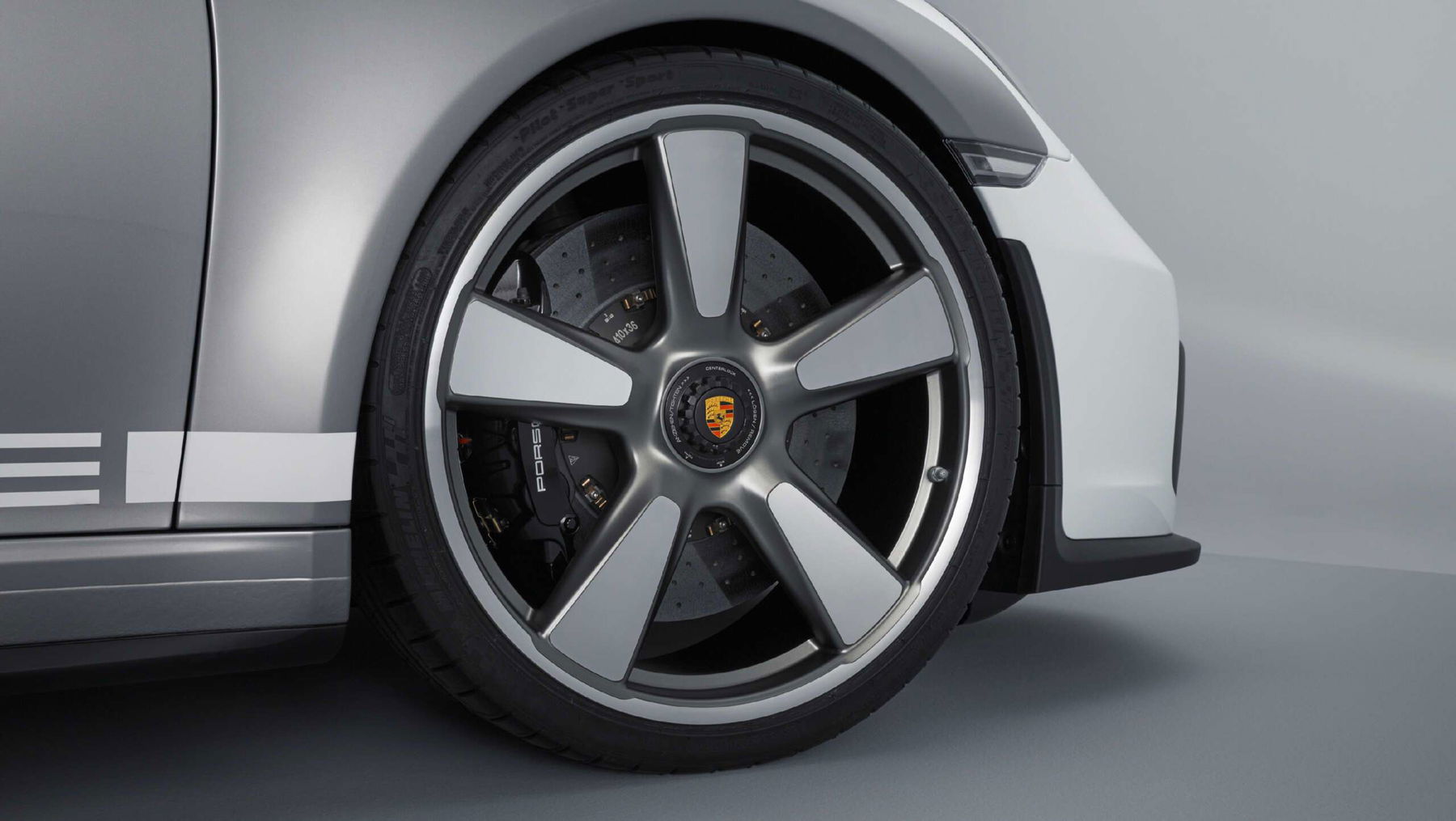
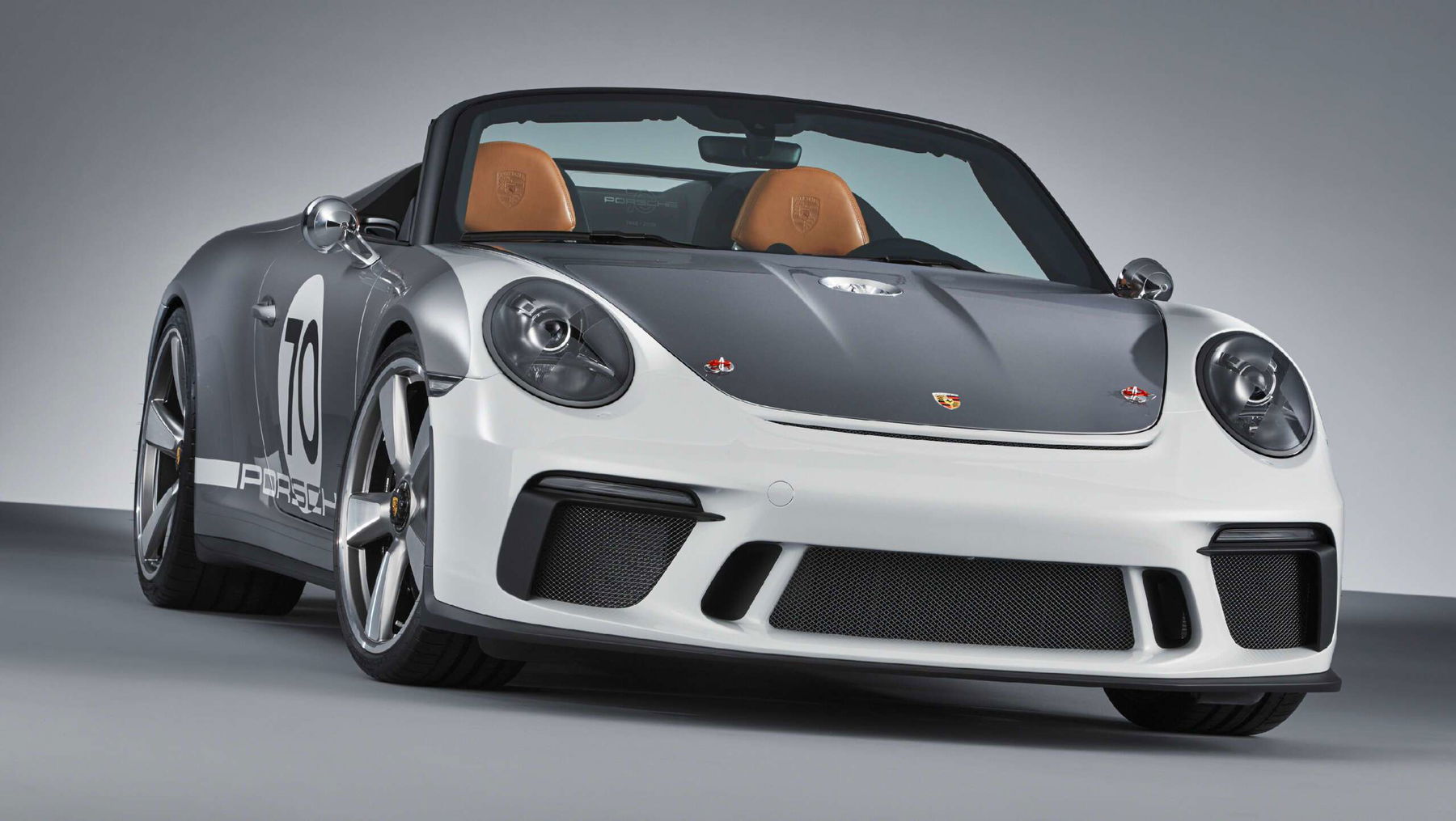
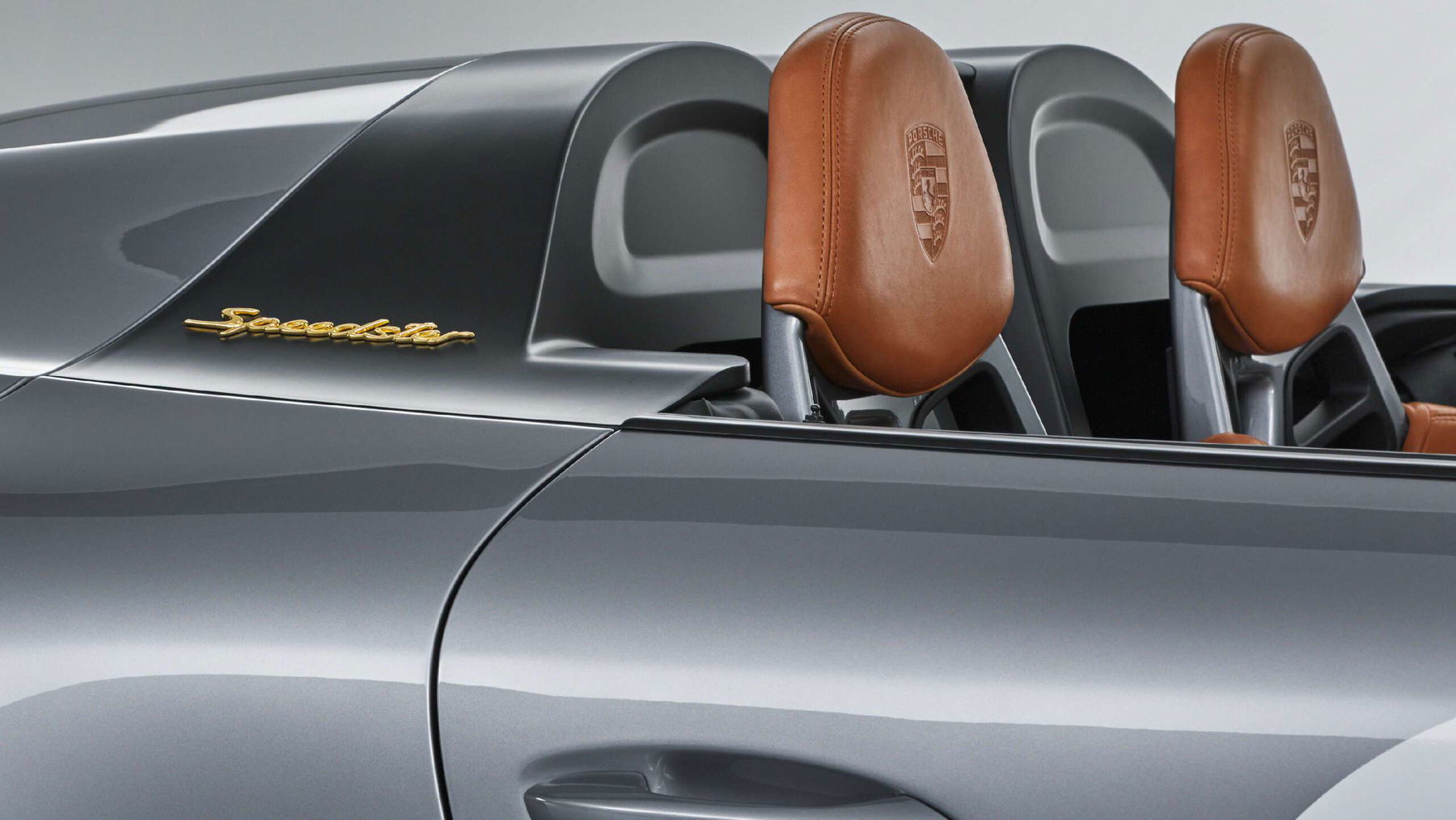
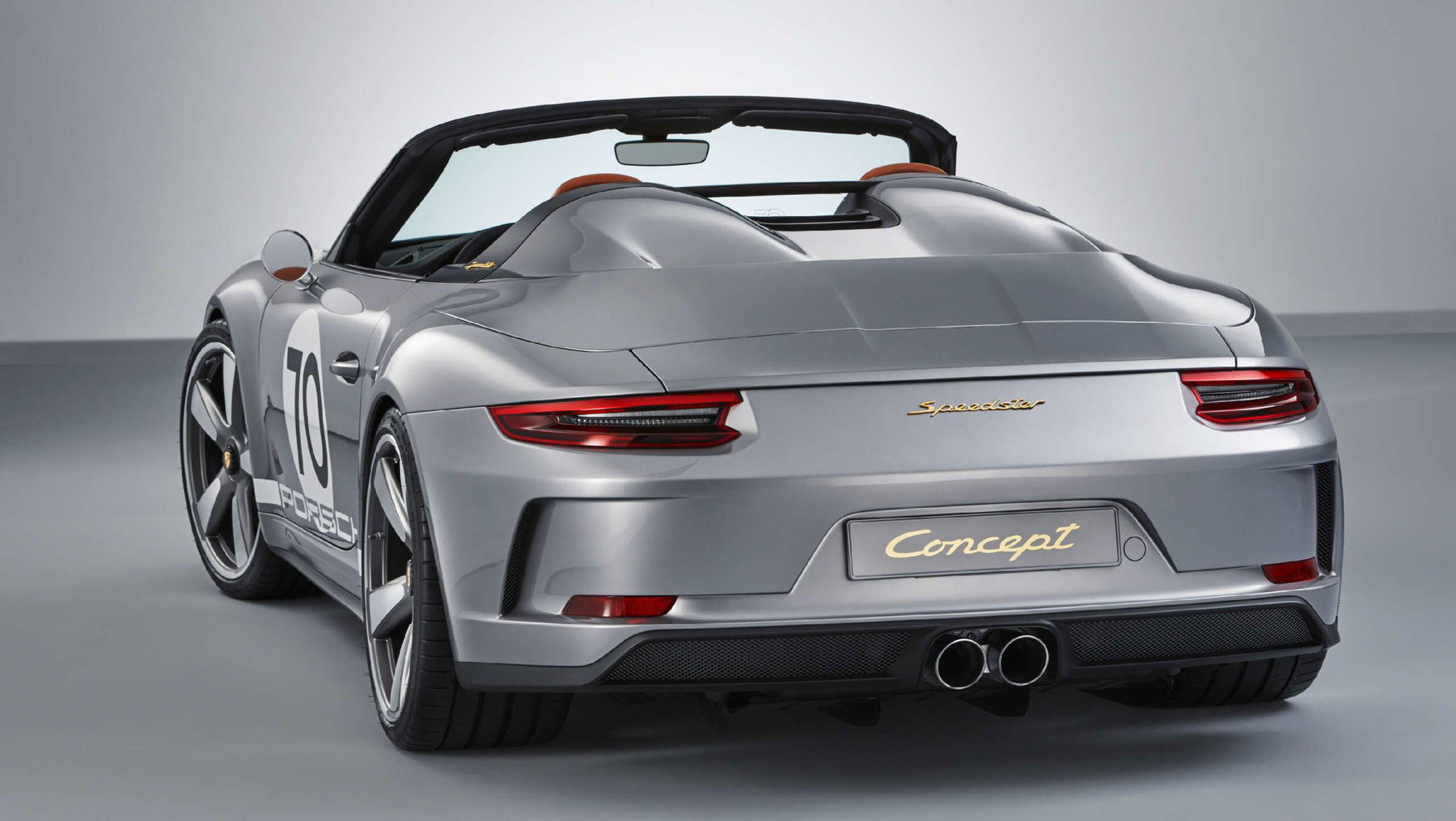
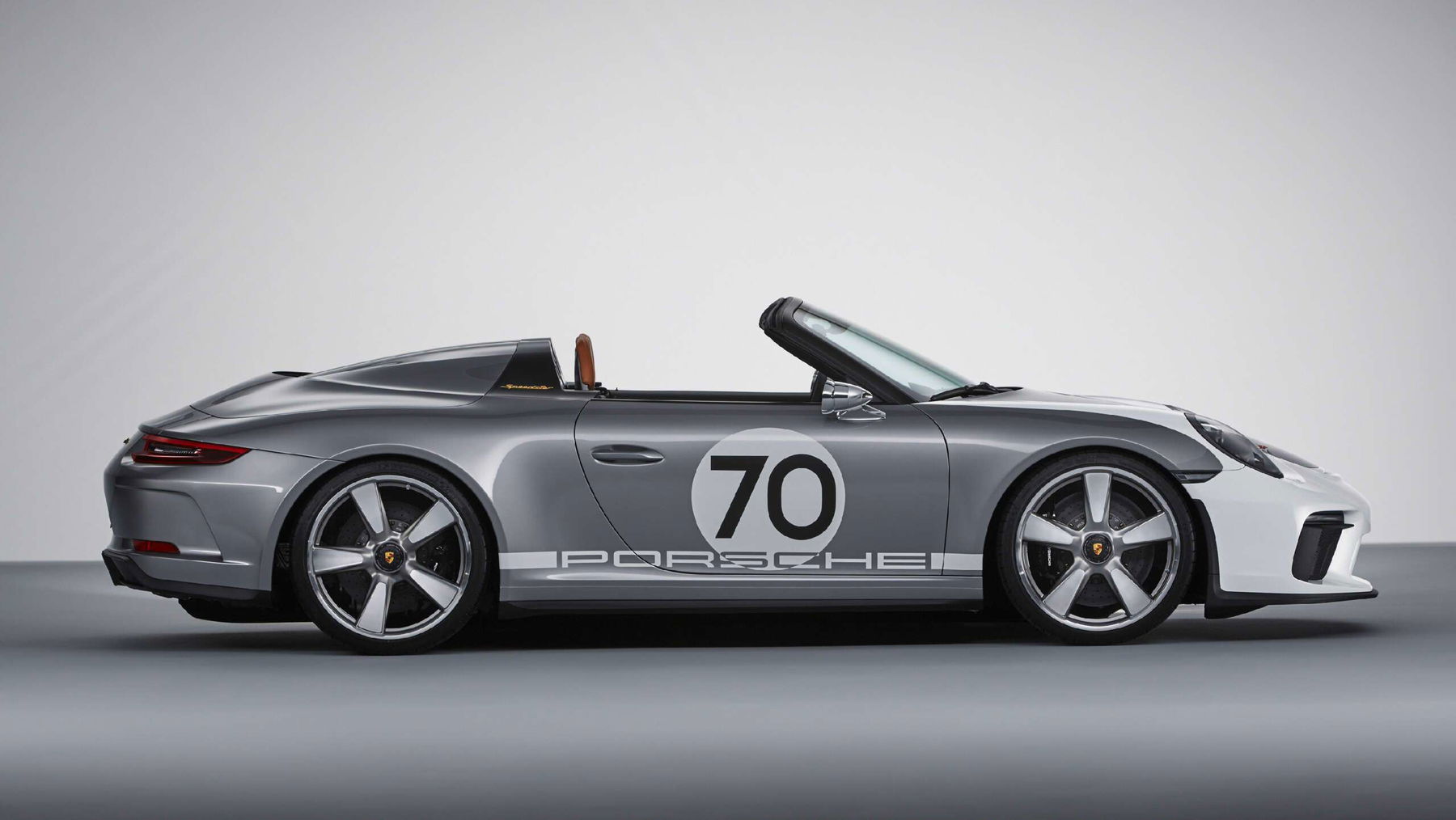
Less than a year later, Porsche let the cat out of the bag. The Porsche 991.2 Speedster was to be delivered from mid-2019. It was based on the Porsche 991.2 GT3 and limited to 1,948 units. Behind the iconic “double bouble” hood made of carbon fiber, a 4.0-liter naturally aspirated engine with 510 hp slumbered here. Power was transmitted via a six-speed manual transmission. Porsche customers had to pay at least 270,000 euros for the last Speedster when new.
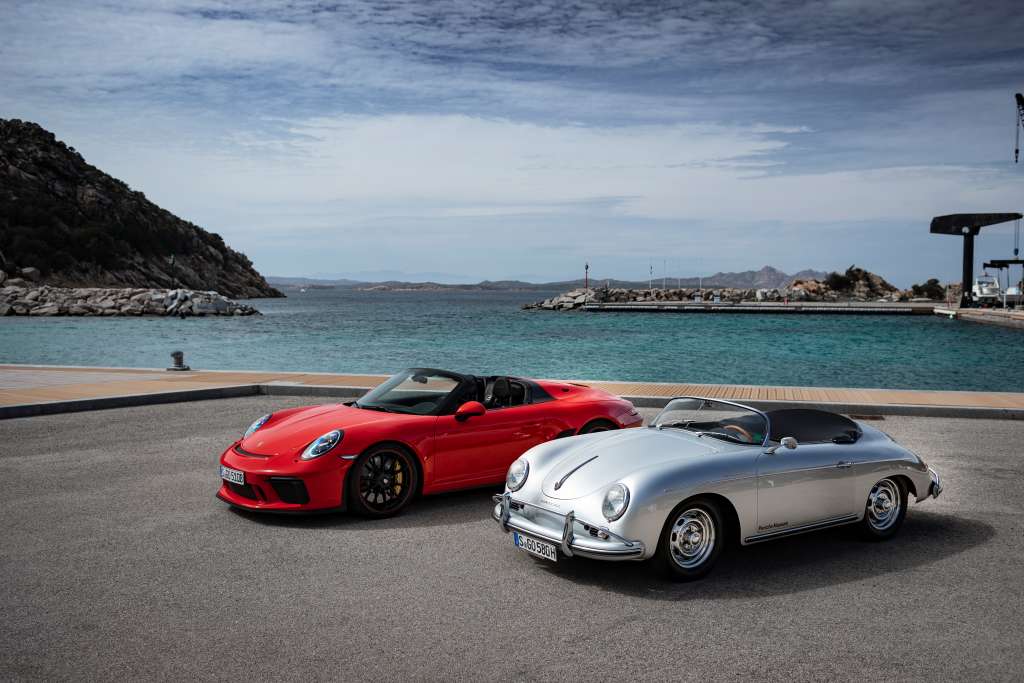
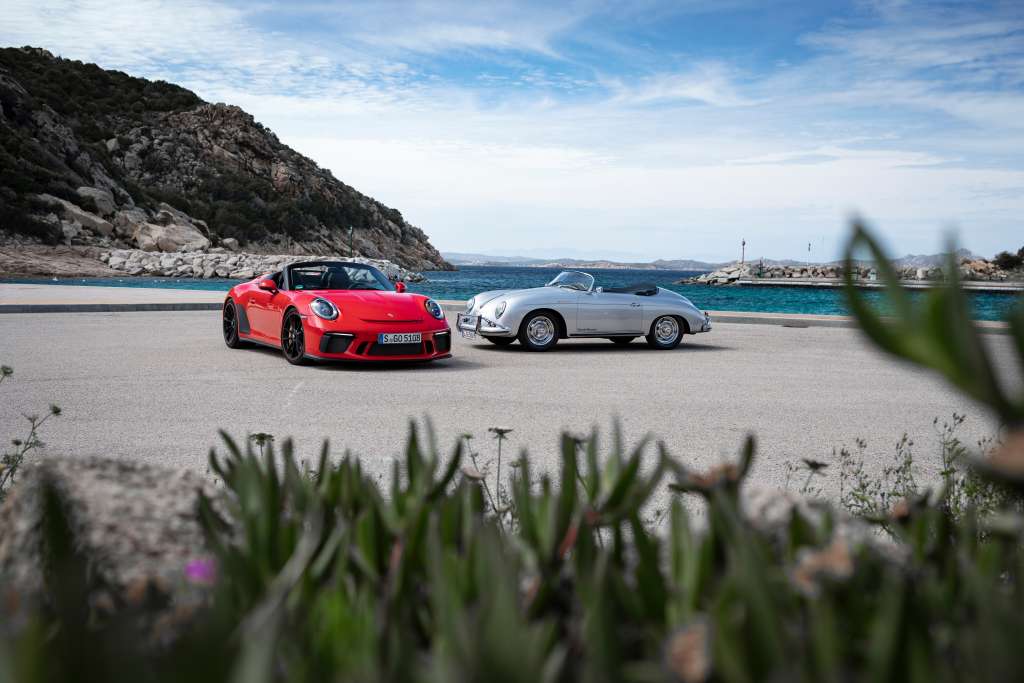
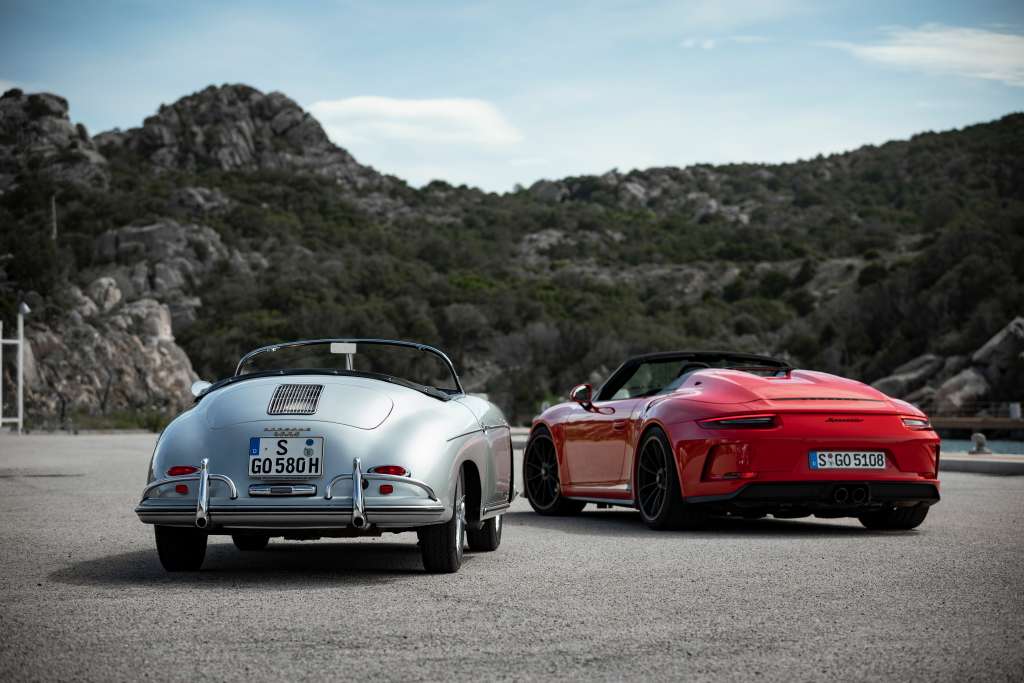
Quelle: Porsche Newsroom, © 2018 Dr. Ing. h.c. F. Porsche AG
Elferspot magazine